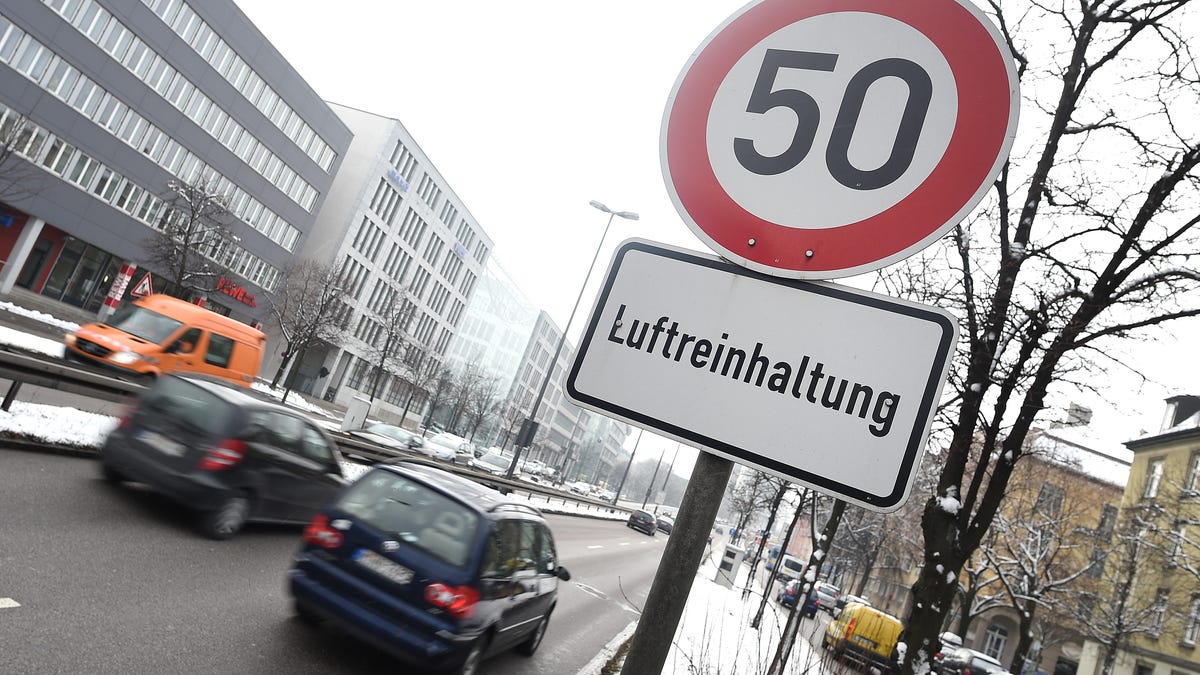German Court Rules SUV Owners Can Be Fined More for Breaking Traffic Laws

Cars drive along Landshuter Allee, one of the streets in Germany. Photo: Photo by Andreas Gebert (Getty Images)
A court in Frankfurt, Germany, ruled earlier this month that an SUV driver who ran a red light should be charged nearly twice the normal fine as someone in a smaller car due to the increased risk his vehicle posed to pedestrians.
This ruling could set a future precedence for how the courts deal with the threat these big bulky vehicles pose to pedestrians. If you’ve ever been to Germany, you know there are plenty of bigger vehicles, mostly vans and wagons, but SUVs are a growing presence. It seems the boxy build and poor visibility of the SUVs is as much a problem for the courts as the size and weight of the vehicles. From Reuters via Autoblog:
The court argued that the shape of the SUV, with its high, box-like hood, meant the driving infraction posed a greater risk to pedestrians than if the defendant had driven a smaller car. It also took into account the defendant’s previous driving convictions.
The verdict can be appealed.
Instead of paying a $200 fine, the driver of this SUV is getting hit with a $365 fine. He also earned a 1-month suspension of his license. Germany doesn’t play around when it comes to traffic safety.
It’s honestly not a terrible idea. We in America, where “light trucks” (SUVs, vans, and pickup trucks) make up 76 percent of all new car sales and leases in 2020, according to the Bureau of Transportation Statistics. The Insurance Institution of Highway Safety found it’s exactly the drivers of these types of vehicles who hit pedestrians the most often, typically while turning:
“We already know that larger vehicles cause more severe injuries when they strike pedestrians,” says IIHS Vice President of Research Jessica Cicchino, one of the study’s authors. “The link between these vehicle types and certain common pedestrian crashes points to another way that the increase in SUVs on the roads might be changing the crash picture.”
Pedestrian crash deaths have increased nearly every year since hitting a low point in 2009, rising 59 percent to top 6,500 fatalities in 2020, the latest year for which data are available. The same year, another 54,700 pedestrians were injured in motor vehicle crashes. One suspected factor is the growing prevalence of larger vehicles.
As our fleet of vehicles have grown, so too have pedestrian deaths. Deaths hit a 40-year high in 2021, with 7,500 walkers killed by cars. For children 15 and younger, the rate of fatal pedestrian strikes double in just three years, according to the Governors Highway Safety Association.



